Your Cart is Empty
Free Shipping over $150 (Excludes Oversized Products) | Office Closed 12/24-26 & 12/31-1/2
Free Shipping over $150 (Excludes Oversized Products) | Office Closed 12/24-26 & 12/31-1/2
Sanding Belts
Sanding Discs

1095 vs 1075 Steel: Which Is Better For Knife Making?
by David Kranker 8 min read

Quick Overview
Choosing the right steel is a critical step in knife making because it impacts the blade's performance and quality. Two standout options are 1095 and 1075 steel. 1095 excels in edge retention, making it ideal for kitchen knives, while 1075 stands out for toughness, perfect for outdoor blades. When choosing between 1095 and 1075, consider factors like intended use, skill level, budget, and personal preferences. The choice ultimately aligns with your specific needs, ensuring the steel matches your skill set and budget.
When you’re making knives, the steel you use is just as important to the outcome as your own skill. No matter how attractive the finished result may be, the wrong steel type can impact how well the blade works, how long it lasts, and its overall quality.
Among various steel types available to knife makers, two stand out for their popularity and track record: 1095 and 1075 steel. Both create exceptional knives, yet they each bring their own strengths and subtleties to the forging table. The main difference between the two is that 1095 tends to offer better edge retention while 1075 is generally tougher, but there are other considerations as well.
In this blog, the team at Red Label Abrasives highlights the unique qualities and considerations of each one, so that you can make the best choice for your next project. Both are technically winners, but they can be better suited for some blades instead of others.
Understanding Steel Grades
When we talk about steel grades, we're basically referring to the different mixtures of elements that make up steel. These mixtures are what give each type of steel its specific characteristics. In knife making, the grade of steel you choose is important because it affects everything from how sharp your knife can get to how well it holds up over time.
One of the key components in knife making steel is carbon content. Carbon is what makes the steel hard, and the amount of carbon can change how the steel performs during use. For example, high-carbon steel is really hard and keeps a sharp edge well, but it can also be more brittle and prone to rusting.
Then there are alloy elements – these are other metals mixed with the steel. Elements like chromium, manganese, and vanadium are added to give the steel special properties. Chromium can help with rust resistance, manganese improves strength and hardness, and vanadium helps maintain sharpness.
When you're choosing steel for a knife, you're looking at the balance of carbon and these alloy elements. You want to pick a grade that gives you the right mix of hardness, strength, and resistance to wear and tear for the type of knife you're making.
Overview of 1095 Steel
1095 steel is a popular choice in knife making due to its straightforward composition and desirable properties. It's a plain carbon steel, containing around 0.95% carbon and small amounts of manganese, making it a simple but effective material for crafting knives.
One of the advantages of using 1095 steel in knife making is its excellent edge retention. It can be sharpened to a very fine edge and will maintain that sharpness for a long time, making it great for slicing and cutting tasks. 1095 steel is also known for its durability and strength, making knives that can withstand tough use and maintain their edge.
However, there are some potential drawbacks to consider when using 1095 steel. It is not as resistant to corrosion as stainless steel, so it requires regular maintenance to prevent rust. 1095 steel can also be brittle if not heat-treated correctly, which means it may be prone to chipping or breaking under heavy use. Despite these limitations, when properly cared for and used within its strengths, 1095 steel can result in high-quality, reliable knives that are favored by many knife enthusiasts and professionals.
Overview of 1075 Steel
1075 steel is a popular choice in knife making due to its simplicity and favorable characteristics. It is a plain carbon steel containing around 0.75% to 0.80% carbon and small amounts of manganese. This straightforward composition makes it a practical and effective material for crafting knives.
One of the advantages of using 1075 steel in knife making is its excellent toughness. It can withstand heavy use and impact without chipping or breaking, making it ideal for tasks that require durability, such as chopping and outdoor activities. 1075 steel can also be easily sharpened to a sharp edge, and it retains that edge reasonably well.
However, there are some potential drawbacks to consider when using this steel. It is not as resistant to corrosion as stainless steel, so it requires regular care to prevent rust. 1075 steel also may not hold an edge as long as some higher-carbon steels, so frequent re-sharpening may be necessary for some users. Despite these limitations, 1075 steel remains a practical and reliable choice for knife making, particularly for those seeking a robust and affordable option for their cutting needs.
Comparing 1095 and 1075 Steel
As we mentioned earlier, 1095 and 1075 steel are two popular knife making choices, each with its own set of characteristics and advantages. When you’re trying to select the right one, you need to take several practical considerations into account. They make it easier to choose the steel that only matches the demands of your project but also aligns with your expertise, budget, and individual requirements.
Hardness and Edge Retention
1095 steel is well-regarded for its high carbon content, which gives it a hardness that contributes to outstanding edge retention. This means that knives made from 1095 steel can maintain a sharp edge for an extended period between sharpenings. On the other hand, 1075 steel, while still offering decent sharpness, is somewhat softer compared to 1095. Consequently, it may not retain its edge as long but is generally easier to sharpen when it does require maintenance.
Toughness and Durability
In terms of toughness and durability, 1075 steel takes the lead. It possesses a greater resilience to impact and heavy use, making it a preferred choice for outdoor knives and blades that need to be more robust. While harder and offering better edge retention, 1095 steel can be more brittle and prone to chipping or breaking when subjected to excessive force or stress.
Corrosion Resistance
Both 1095 and 1075 steel share a similar drawback when it comes to corrosion resistance. Neither of them is particularly resistant to rust, and both require diligent care and maintenance to prevent oxidation. Regular cleaning and oiling are essential to keep these steels rust-free.
Ease of Sharpening
When it comes to sharpening, 1075 steel has the advantage of being easier to work with. Its slightly lower hardness compared to 1095 means that it can be sharpened more readily. Conversely, 1095 steel, although more challenging to sharpen due to its hardness, rewards the effort with an exceptional sharpness that lasts longer.
Suitability for Different Types of Knives
Their key differences make 1095 and 1075 steel more suitable for some types of knives than others.
1095 steel is particularly well-suited for kitchen knives because it holds its sharpness well. This means that when you're slicing and chopping ingredients in the kitchen, you won't have to regularly pause and sharpen your knife. It stays sharp for a long time, which is why it’s a great choice for the following types of blades:
You can make various types of knives using 1095 steel, including:
- Chef's Knife
- Santoku Knife
- Utility Knife
- Bread Knife
- Fillet Knife
- Boning Knife
- Paring Knife
- Carving Knife
- Nakiri Knife
On the flip side, 1075 steel is very durable, which makes it a go-to choice for knives that will see some rugged use. This includes survival knives or tools you might use while camping or hiking. These blades have to handle a lot, from cutting through tough materials to enduring punishing impacts. That's where 1075 steel steps up. It can endure heavier usage and still keep going strong. It’s great for knives like the following:
- Hunting Knife
- Survival Knife
- Camping Knife
- Bushcraft Knife
- Tactical Knife
- Machete
- Fixed-Blade EDC (Everyday Carry) Knife
- Camp Cleaver
- Outdoor Utility Knife
- Tactical Bowie Knife
The key is to think about what you'll be using your knife for. Are you a casual chef who wants a sharp blade for your culinary creations? In this case, 1095 steel might be the way to go. But if you're an outdoors enthusiast who needs a reliable, tough knife for adventures, 1075 steel might be more appropriate. Your choice should match your needs and preferences because each of these steel types has its own unique strengths and limitations.
Factors to Consider When Choosing Steel for Knife Making
When deciding between 1095 and 1075 steel for your knife-making project, several practical factors should guide your choice:
Intended Use of the Knife
As we stated in the previous section, consider the primary purpose of the knife you plan to create. If you're crafting a kitchen knife for culinary tasks that require excellent edge retention, 1095 steel is generally better. Its ability to maintain sharpness for extended periods makes it suitable for slicing and chopping. On the other hand, if you're making an outdoor or hunting knife that will face rugged conditions and require durability, 1075 steel may be the better choice, as it can withstand heavy use.
Skill Level and Experience
Your level of experience in knife making plays a role in steel selection. If you're a beginner or have limited experience, you might find 1075 steel more forgiving due to its ease of sharpening and greater durability. In contrast, 1095 steel, with its higher hardness, can be more challenging to work with and heat treat, making it better suited for those with advanced skills or professional knife makers who can manage its unique characteristics effectively.
Budget and Resources
Consider your budget and the resources available for your knife-making project. 1075 steel is often more affordable than 1095 steel, making it an economical choice for those with budget constraints. Working with 1075 steel may also require fewer specialized tools and resources, further reducing overall costs.
Personal Preferences in Knife Performance and Maintenance
Your personal preferences in knife performance and maintenance are also important. If you value a knife that requires less frequent sharpening and are willing to invest time in maintenance to prevent rust, 1095 steel may be the best choice. Conversely, if you want a knife that’s easier to sharpen and maintain and you're diligent about care, 1075 steel can offer a practical solution.
In conclusion, the choice between 1095 and 1075 steel hinges on a combination of factors, including the knife's intended use, your skill level, budget, and personal preferences regarding performance and maintenance. By considering these practical aspects, you can make an informed decision.
Get Your Knife Making Kits at Red Label Abrasives
When it comes to knife making, the choice of steel is a crucial factor that directly impacts the quality and performance of your blades. 1095 and 1075 steel both offer distinct advantages and considerations that make them ideal for certain knife making projects as opposed to others.
With the right steel and tools, you can craft knives that not only look impressive but also perform exceptionally well. At Red Label Abrasives, we offer industrial-grade knife making sanding belt kits that include premium-quality sanding belts designed specifically for bladesmithing. You’ll have everything you need at all stages of your projects, from eliminating stock to adding that final gleam to the blade. If you have questions or would like to place an order, call 844-824-1956 or fill out our contact form today! ABOUT THE AUTHOR
David Kranker is a writer and creative maker who has been covering the abrasive and knife-making industries on the Red Label Abrasives Blog since 2020. David spends his time continually researching sanding and bladesmithing to provide readers with the latest and greatest information. In his free time, David utilizes abrasives for many different home and auto projects at his home in Delton, MI.
Belt Packs Made For Knife Makers
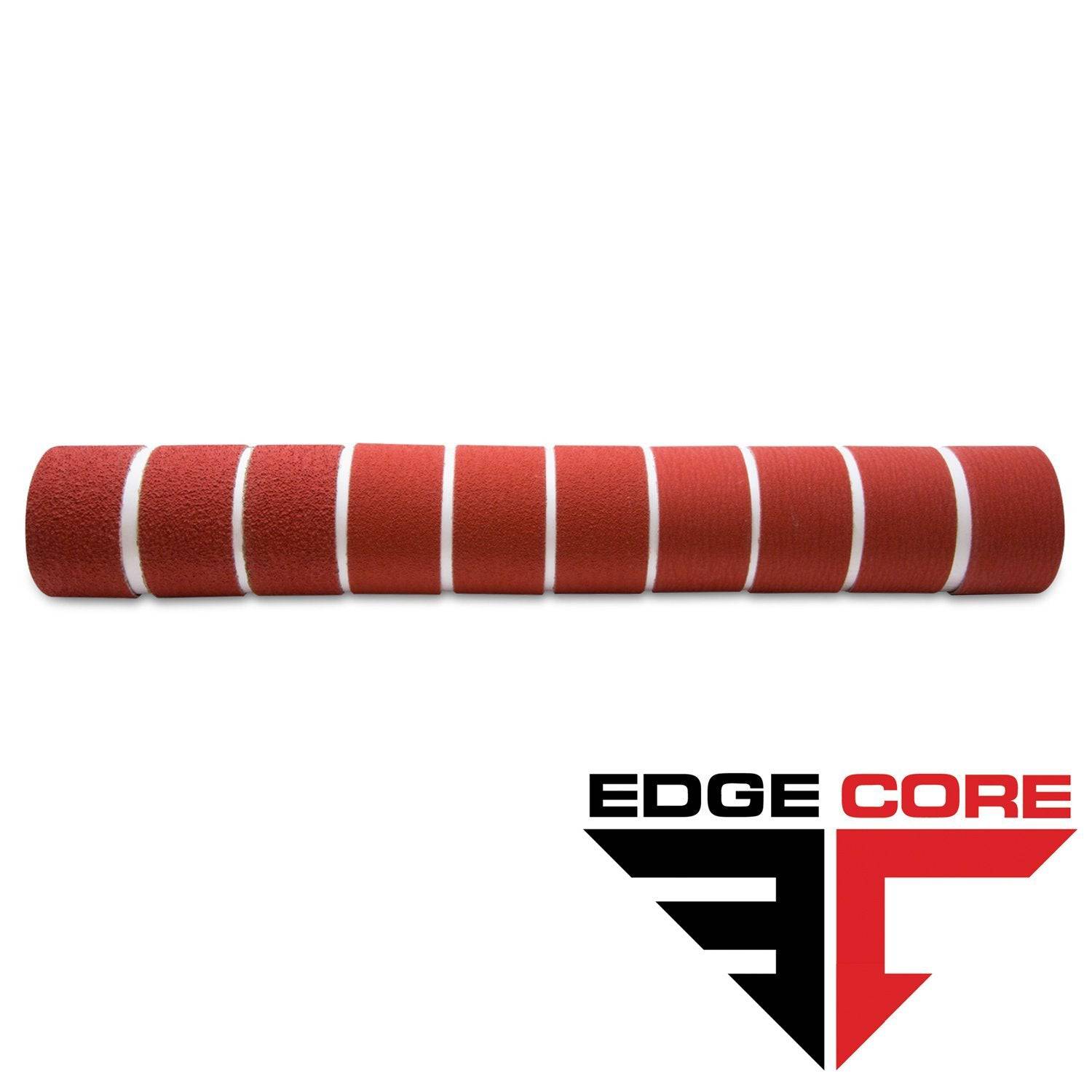
2 X 72 Inch Knife Makers Sanding Belts Assortment
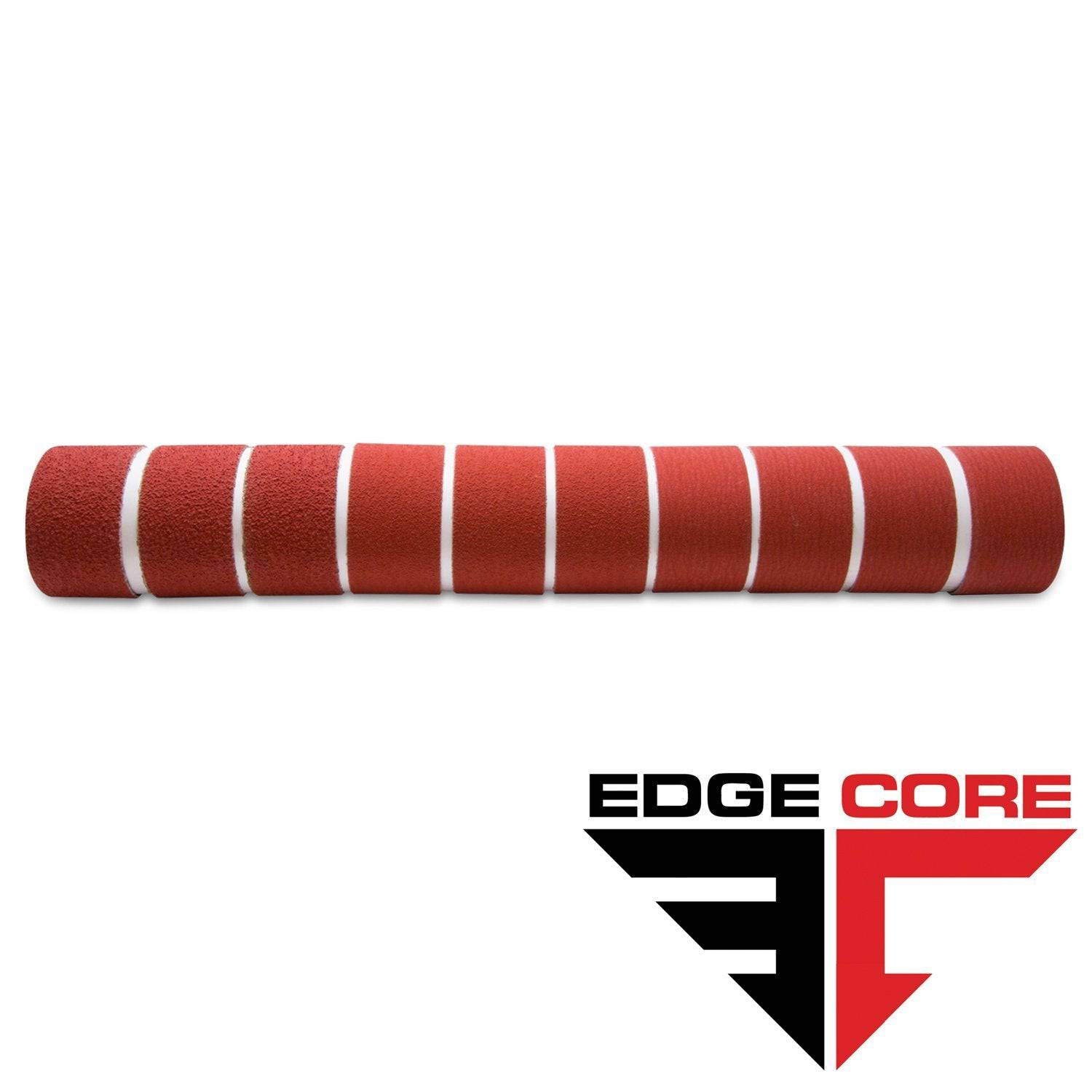
2 X 60 Inch Knife Makers Sanding Belts Assortment
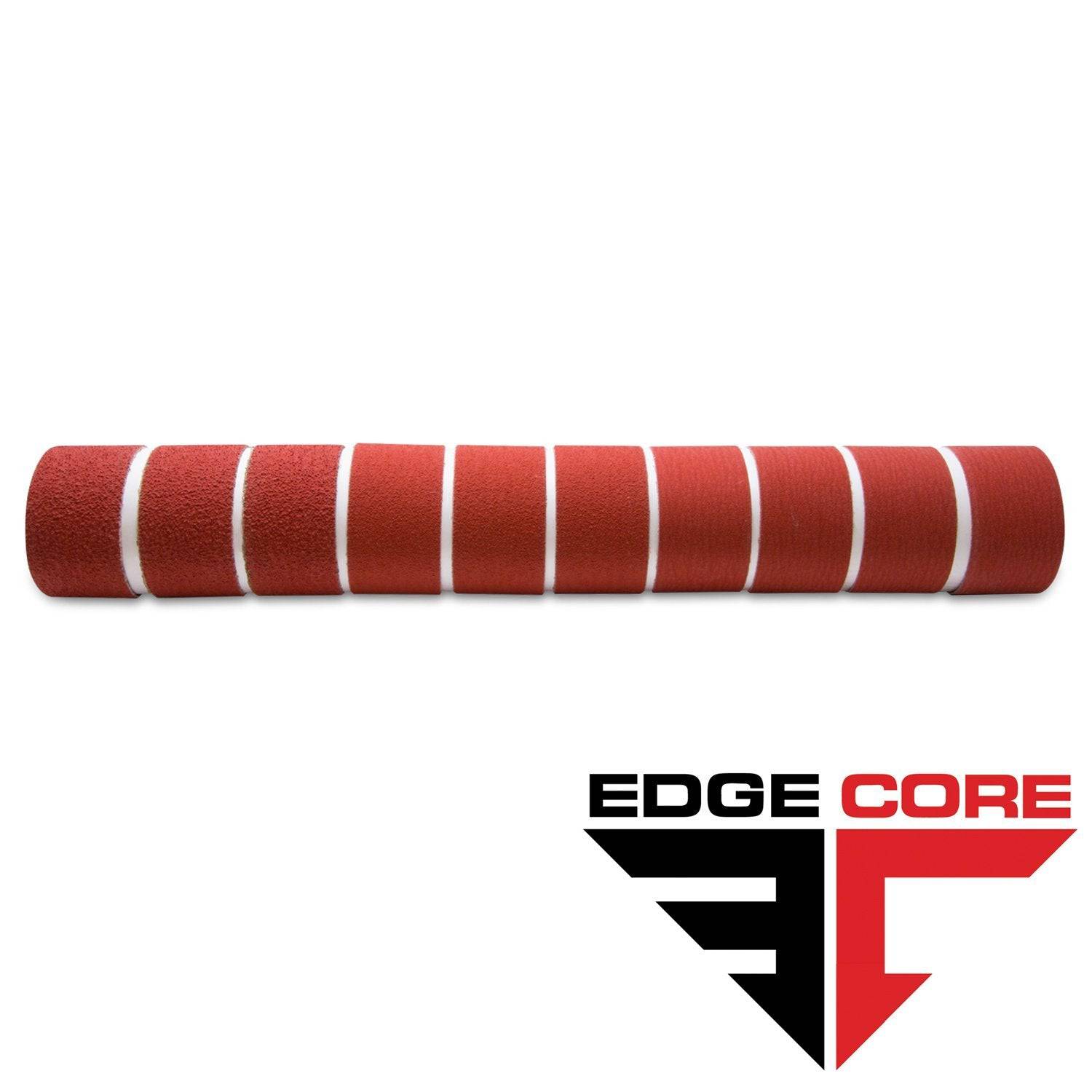
2 X 48 Inch Knife Makers Sanding Belts Assortment
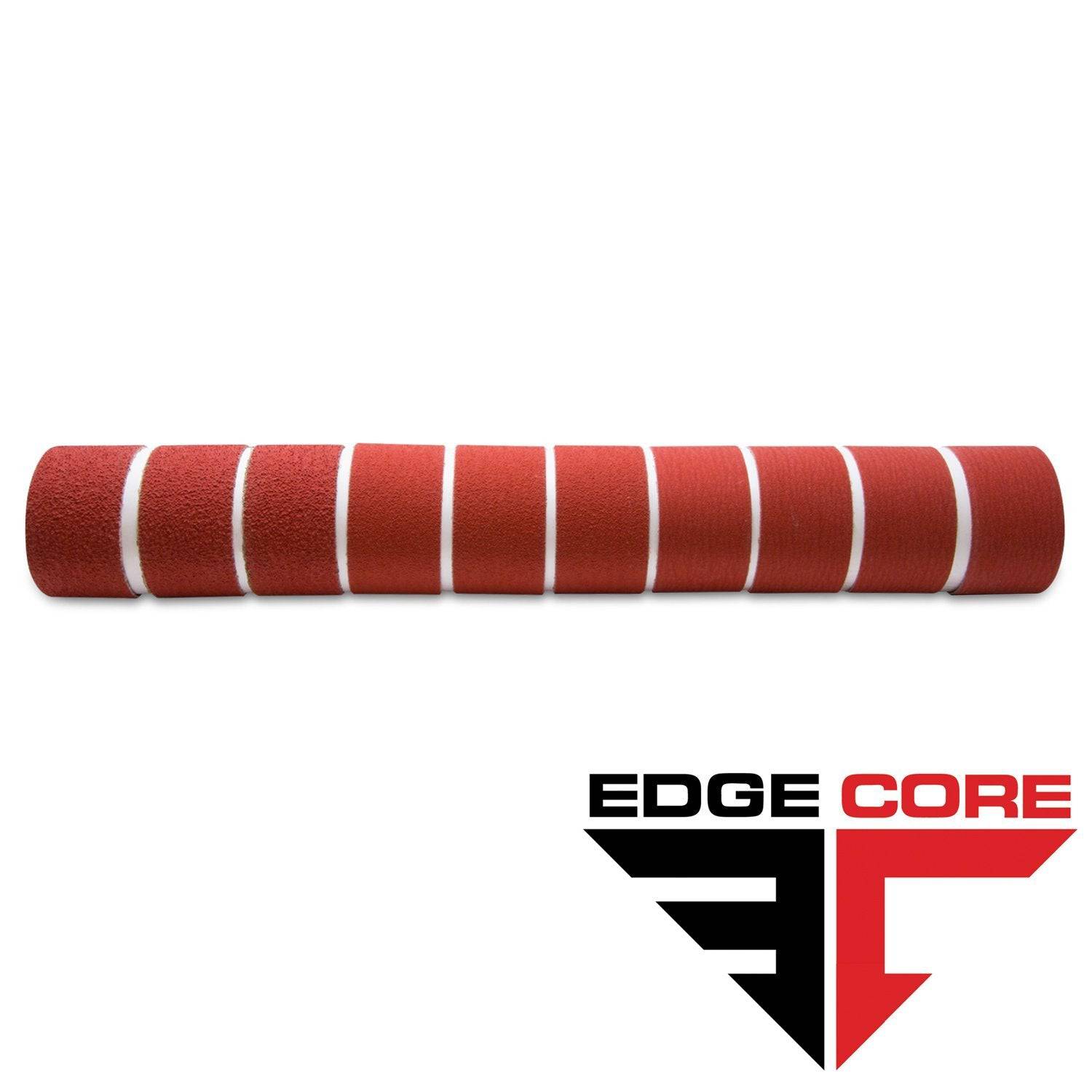
2 X 36 Inch Knife Makers Sanding Belt Assortment
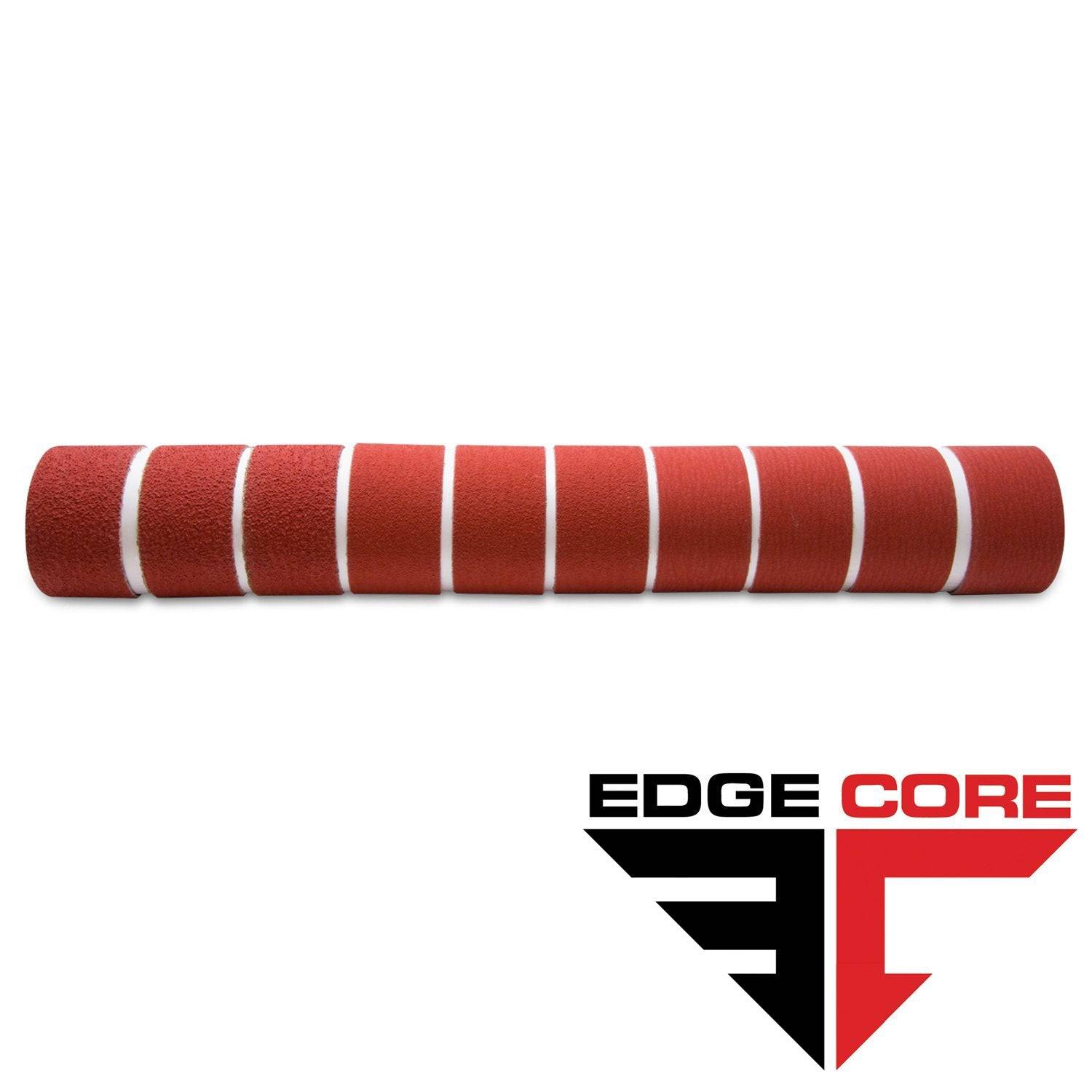
2 X 42 Inch Knife Makers Sanding Belts Assortment
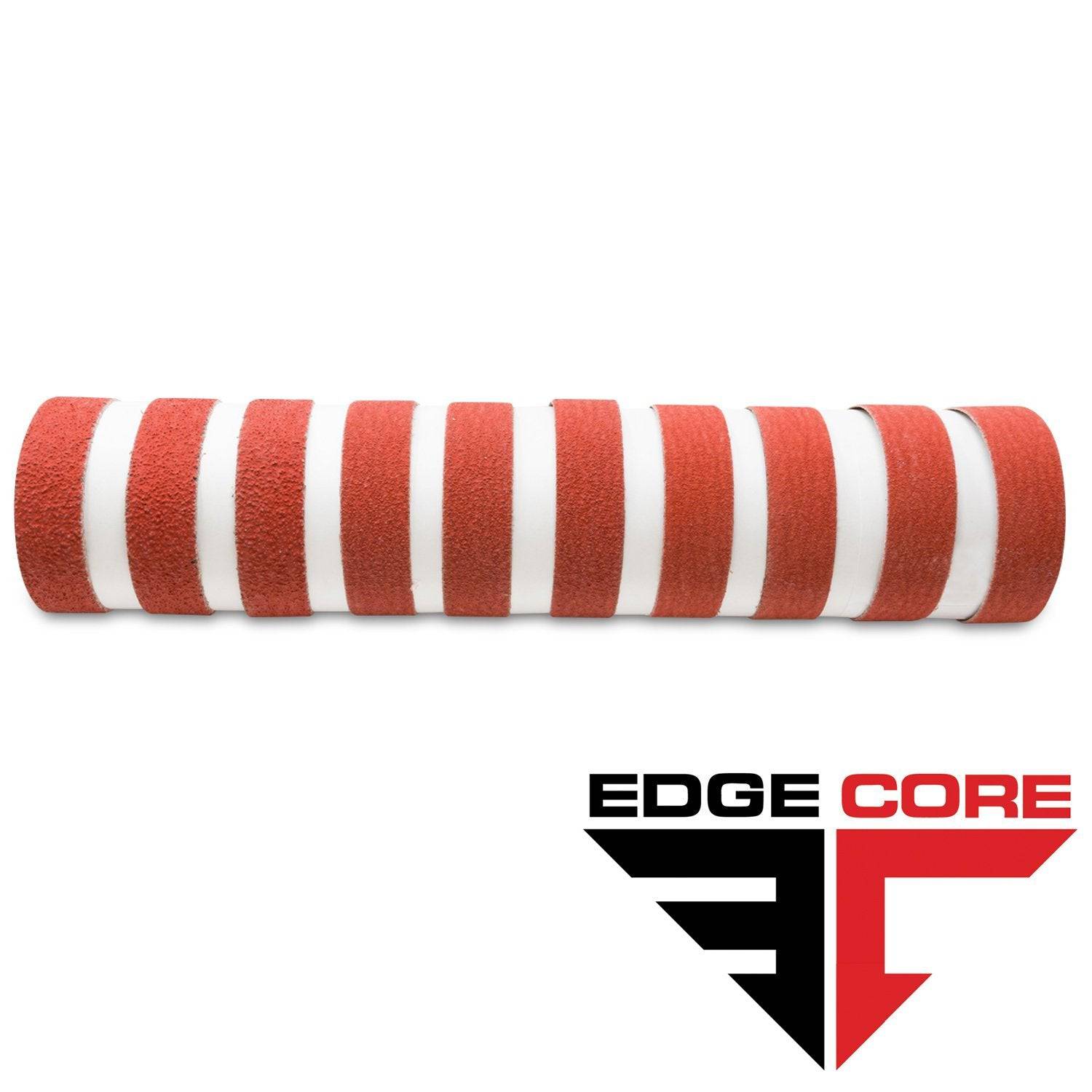
1 X 30 Inch Knife Makers Sanding Belts Assortment
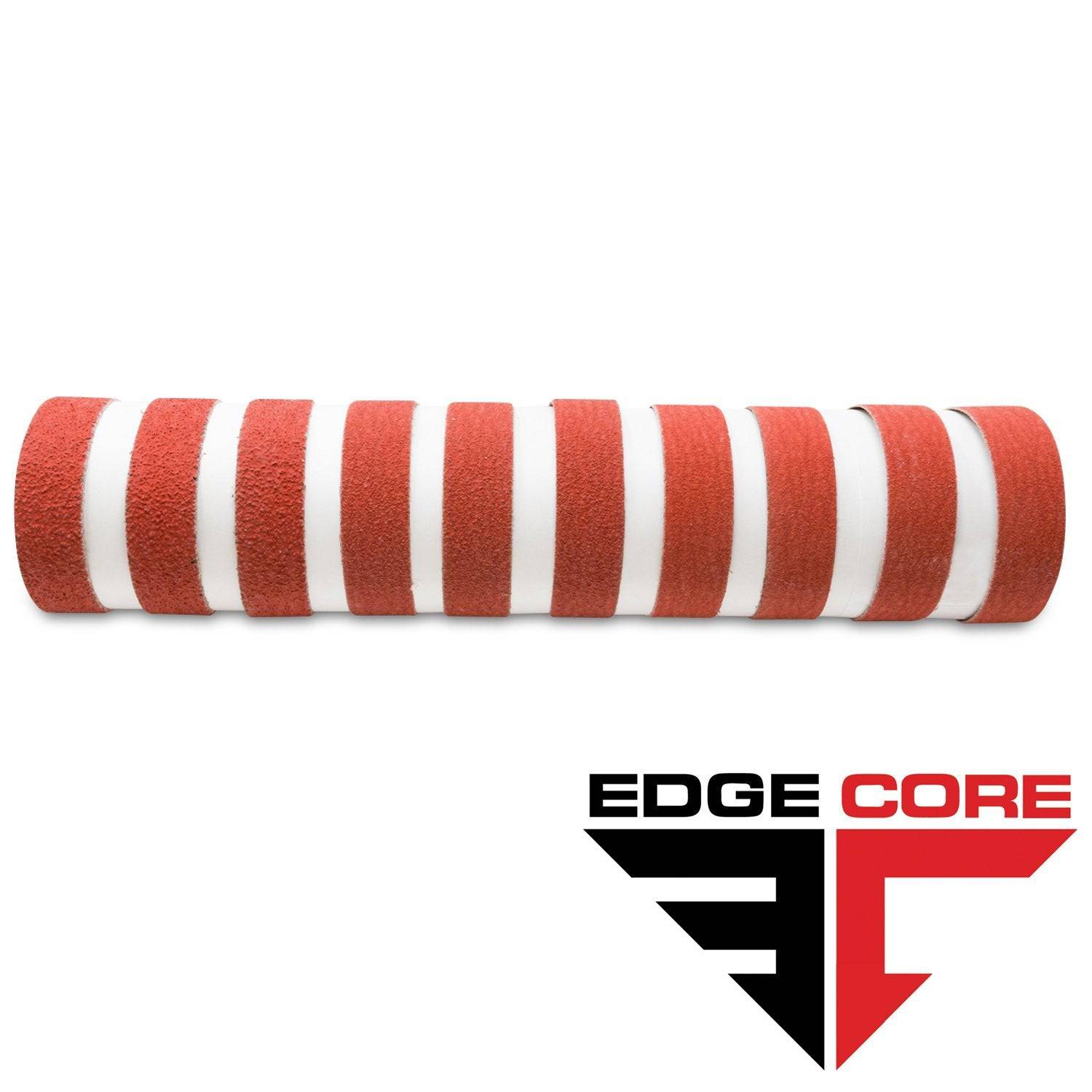
1 x 42 Inch Knife Makers Sanding Belt Assortment
Shop By Product Category





Why Choose Red Label?







